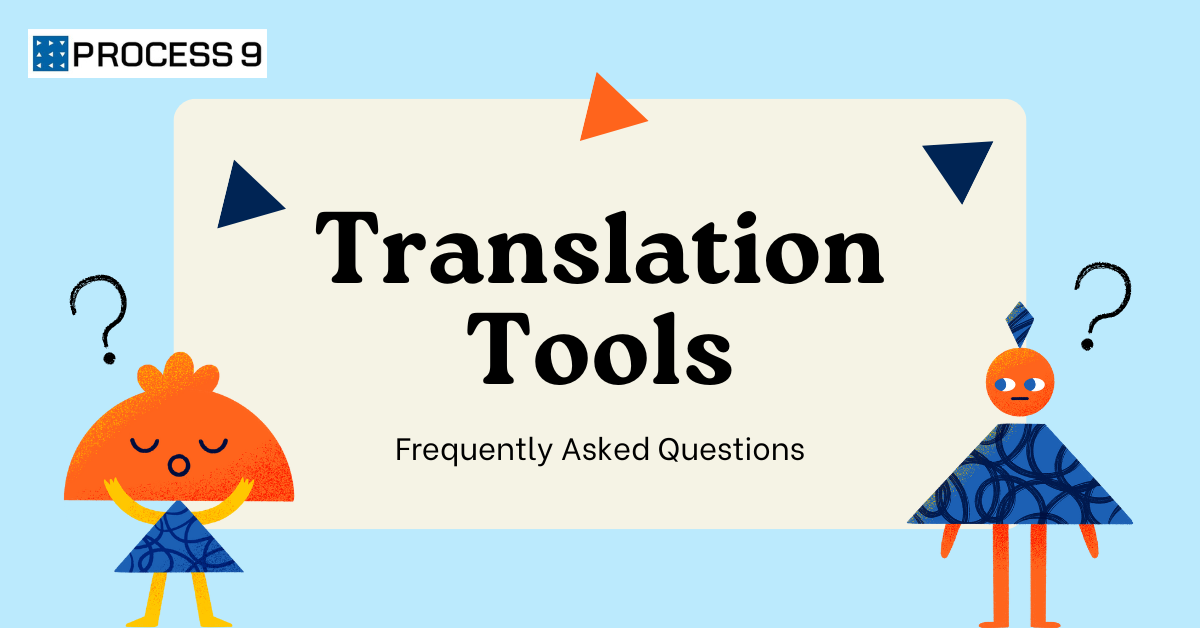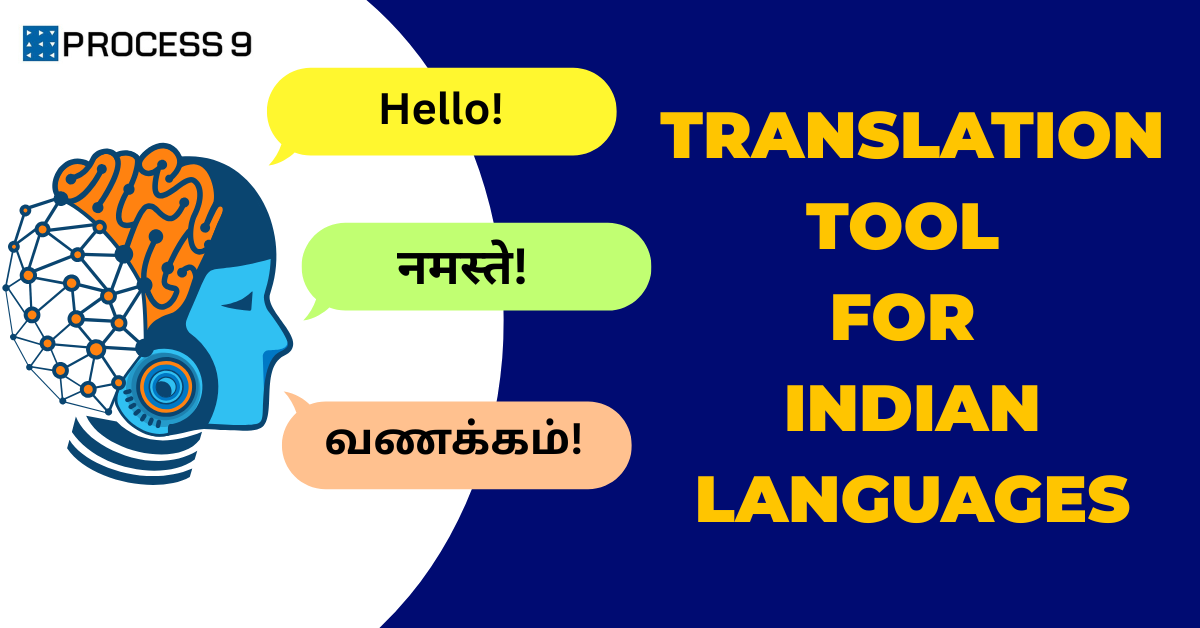The 21st century is synonymous with rapid globalization, hallmarked by fluid connectivity and the seamless spread of knowledge across the length and breadth of the planet.
Ever since man started farming and learned to be settlers, there has always been a zeal to voyage into the unknown for expeditions toward finding a new world. The zest for these journeys marked the beginnings of a specific requirement known as translation today. Ever since the time of the Mesopotamian civilization, different types of translation have served different purposes.
For instance, the rich civilization of Mesopotamia had trade connections with Meluha, probably the Harappan civilization of the Indian subcontinent, which had a completely different language and must have relied upon translators around 4000-3500 B.C.
Need & Relevance of Translation
No wonder the need for translation has expanded multifold in the 21st century, given the free and unlimited flow of information of sundry nature from all corners of the world in many languages over the internet. One should not be surprised that as many as 7100+ languages are spoken in different parts of the world.
With the expanded need for translation, as a service to connect with people speaking other languages and to share knowledge of various subjects, there has been a rapid and positive development in the field of translation services.
Consequently, there stand as many as 14+ different types of translation, each serving particular requirements. Read on to learn more about types and methods of translation.
Different Types of Translation
If you are already perplexed with 14+ types of translation, and wondering how to explain the various types of translation, then take a deep breath, for there are four main types of translation that you need to know. The remaining types of translation are either sub-parts or evolved forms of these main types of translation only.
Keep on reading the article to learn about the four main types of translation:
- Literary Translation
- Professional Translation
- Technical Translation
- Administrative Translation
Literary Translation
Literary translation, also known as flowery or cultural translation, is the translation of academic or scholarly works like prose and verses from one language to another eruditely so that the content and the context remain intact and objective.
Simply put, this type of translation ensures that feelings and emotions are not lost, notwithstanding minor changes in language adaptation. Because of this specific requirement of feeling and emotions, it classifies as the most challenging translation.
A translator for literary requirements, also known as a literary translator, is generally a learned scholar of both the languages (original as well as the required language). Such translators ensure that the works of great writers and poets of one language reach the readers of another. This translation is also used in translating movies and videos from one language to another.
This is why works of famous writers and poets of one language, like William Shakespeare and Walter Benjamin, and popular movies like Titanic are now available in a variety of languages.
Professional Translation
Professional translation refers to that kind of translation in which the concerned documents or audio or video matter puts a significant emphasis on the accuracy and precision of the subject matter.
This translation is often used by professionals, organizations, and governments worldwide. There are various subtypes of professional translation:
- Legal Translation
- Medical Translation
- Judicial Translation
- Financial Translation
- Commercial Translation
This translation rests on the overarching goals of accuracy and precision, as any discrepancy in the translation would have severe consequences. For instance, if inaccuracy creeps into medical translation and words with similar meanings, instead of words with the same intentions, are used in translation, one can wonder what the consequences will be for the patient.
Similarly, in the case of legal translation also, if Latin words like sine die, Habeas Corpus and Sui Generis are not translated with precise and accurate meaning, it might defeat the very objective the law intended to serve initially.
This type of translation requires subject experts well-versed in the concerned languages, and not just general scholars, to ensure accuracy and precision. This peculiar requirement is because of the use of business jargons known only to the subject matter excerpts.
Technical Translation:
Although technical translation also falls into the broad category of professional translation, but due to heavy industry demand, this is often classified separately.
Technical Translation facilitates the new users of technology, machine, or any other novelty in their understanding of its usages, operation, maintenance, and other paraphernalia.
The wide variety of subsets in technical translations include but are not limited to the following:
- Engineering Documents
- Instruction Manual
- User guides
- Technical Training
Technical Translation is not only limited to translations of manuals in its scope. Rather, it also involves modifications and replacement of supplementary materials like photos, structural drawings, or formatting requirements of another language if the translator deems it fit for the target audience.
Since this translation also emphasizes accuracy and precision as it also deals with machines and technologies, the translator has to be someone who knows the inside out of the subject matter and is also well-versed with both the concerned languages.
Administrative Translation:
This type of translation is generally used for management purposes by global multilateral bodies like the United Nations and Nato, among others; Governments in various regions communicating with the citizens, even by MNCs, to ensure that their communication remains undented where they operate.
Such translation holds its importance from the fact that any discrepancy in translation of the decisions taken by the management can have dire consequences if the essence or gist of it is lost in the translation.
The administrative translation is a translation type used for the documents and management requirements of organizations like corporate or regional businesses.
These four significant types of translation cover almost all the subsections and subparts. And, if you are wondering how many types of translators there are, the answer is far more than the four translators mentioned above. Although, for all practical purposes, all of the translators fall into the broad categories of the aforementioned four types of translators.
Why Translation Matters The in 21st Century
The 21st century is marked by high-speed internet and the free flow of information from one language to another over the internet. The Indian market of 1.3 billion has as many as 270+ language speakers. In contrast, the internet continues to be dominated by English in India. From web pages to apps, English is the dominant language of the internet, but 9 out of 10 Indian internet users are non-English speakers. This communication void is one of the reasons why translation services are primed for businesses in the 21st century. That’s why companies have now begun to focus on quality translation and website localization services for better customer reach.
Process9 has been in the translation industry for a very long time. With years of industry-rich experience and a result-oriented approach, we are the go-to platform for businesses to help them expand their customer base across languages and regions. If you are looking for a reliable website localization and translation service provider, get in touch to experience quality and results.







Share: